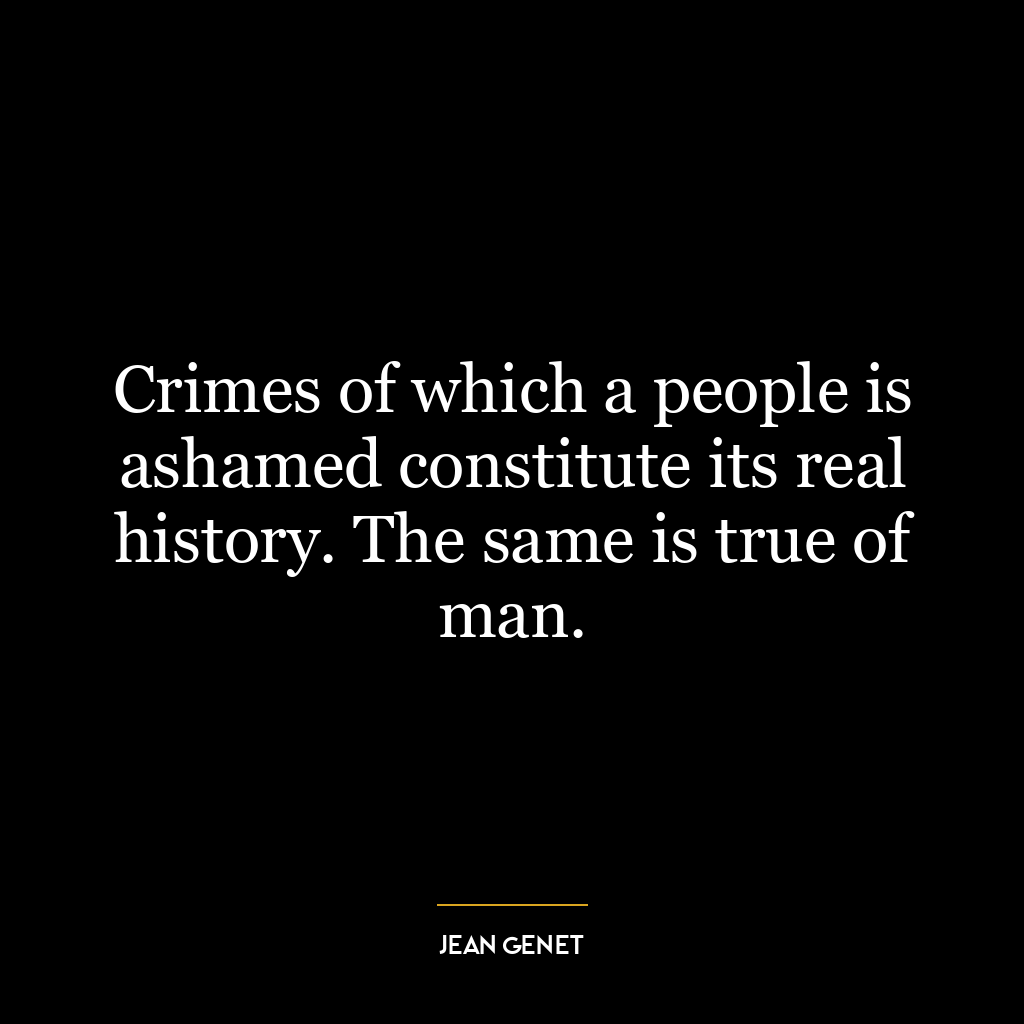Some women’s faces are, in their brightness, a prophecy; and some, in their sadness, a history.
This quote is a poignant observation on the expressive nature of women’s faces, suggesting that they can reveal a lot about their past and future. When Dickens refers to faces that are bright as a ‘prophecy’, he implies they are full of hope and promise, indicating a positive and bright future. On the other hand, faces marked by ‘sadness’ are seen as a ‘history’, reflecting past struggles, hardships, or sorrows.
The quote is a metaphor for the human experience, not limited to women alone. It suggests that our emotions, whether hopeful or sorrowful, are etched onto our faces, telling a story of where we’ve been and where we’re going. This could be a commentary on the human ability to endure and overcome, or a reminder to be empathetic and understanding, as everyone carries their own history and hopes.
Applying this idea to today’s world, it could be a reminder that everyone has their own personal history and future aspirations, which may not be immediately apparent. This could encourage empathy, understanding, and kindness towards others, as we may not know what someone has been through or what they are hoping for in their future.
In terms of personal development, this quote could inspire us to reflect on our own histories and how they have shaped us. It could also motivate us to remain hopeful and optimistic about the future, regardless of past struggles. This balance between acknowledging our past and looking forward to the future is a key aspect of personal growth and resilience.









